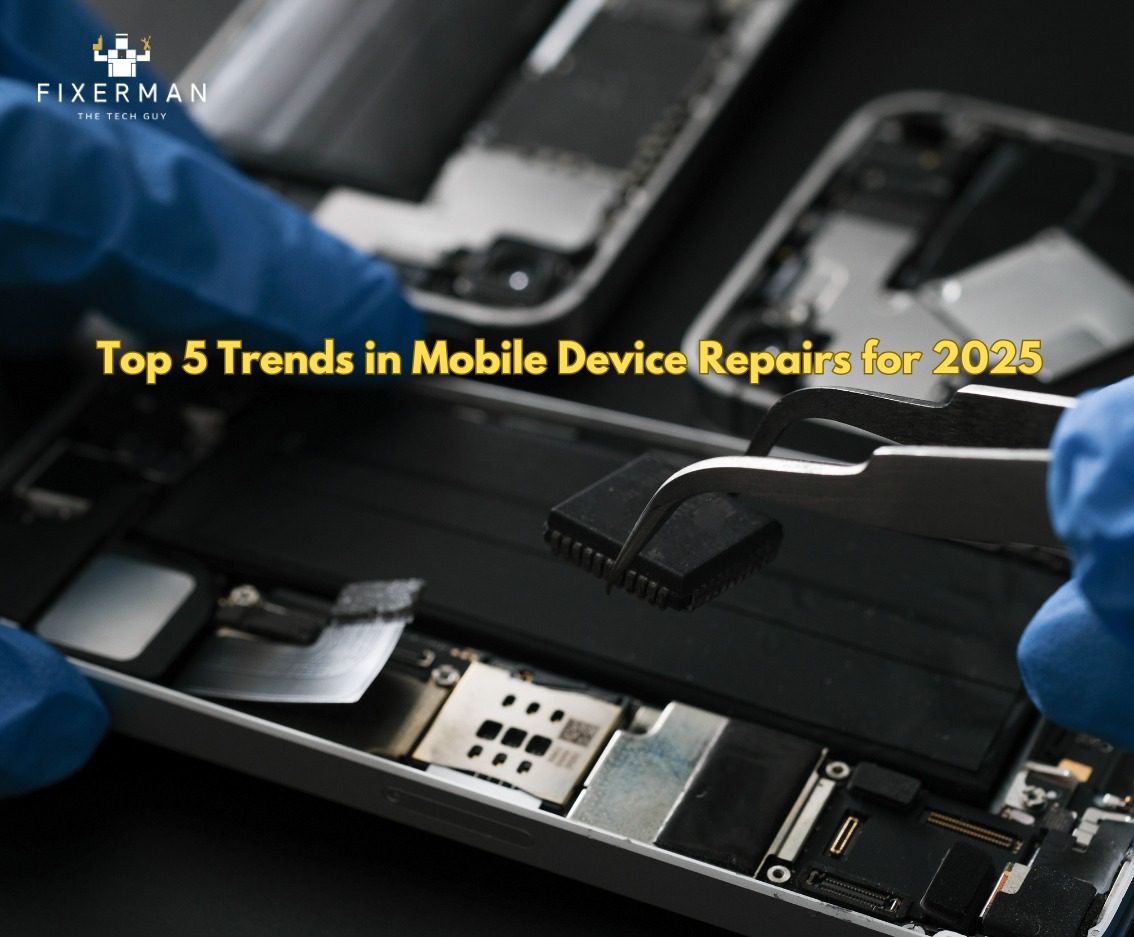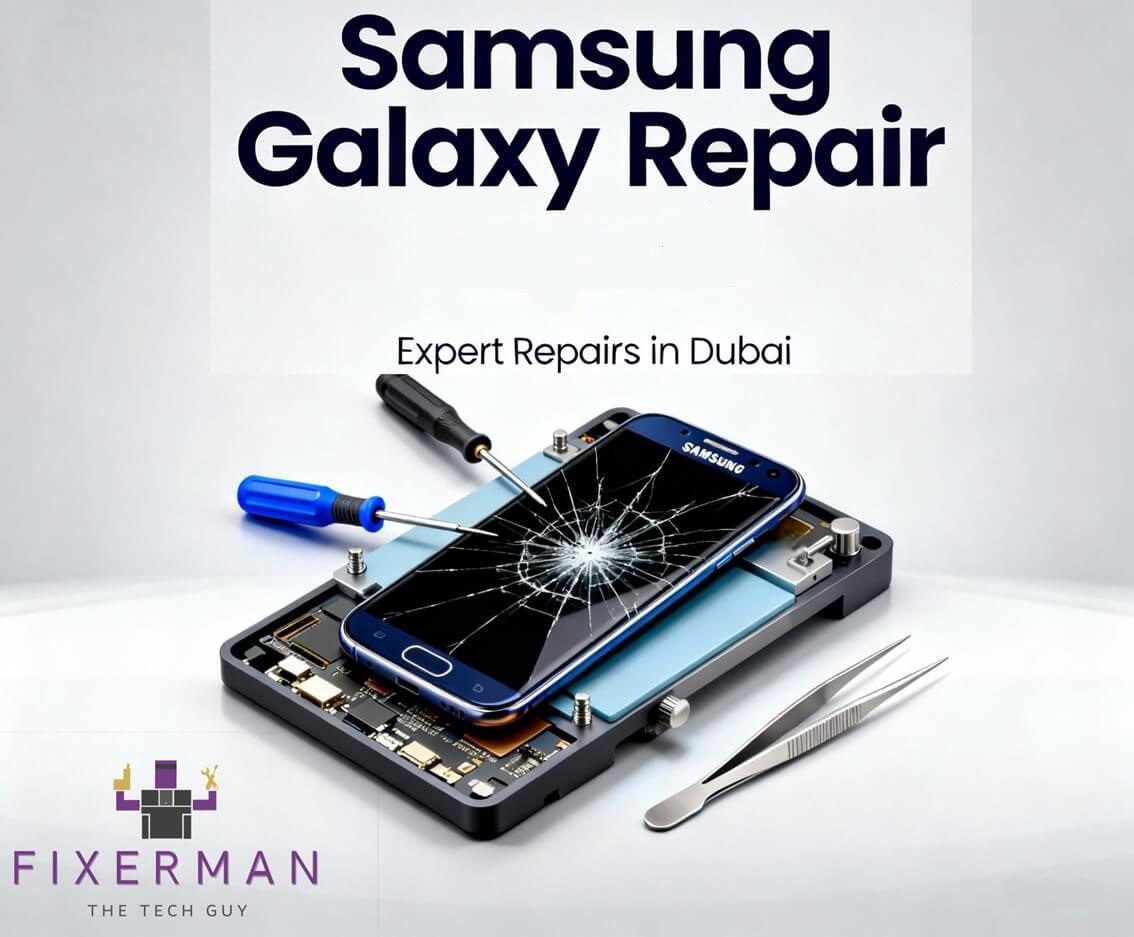Most interesting changes house renovation in the mobile device repair industry. With emerging technology, the concern for sustainability, and demand for more efficient repairs, it is important for both technicians and consumers alike to keep up with the coming trends of the mobile device repair for 2025. These trends will set the mobile device repairs in 2025, be it as repair shop owner, technician, or as someone who wants to keep the smartphone running.”
1. Self Repair and Right-to-repair Movement
The most significant development concerning the mobile repair industry is the rise and growing strength of self-repair option advocacy. Apple, Samsung, and now Google have launched self-repair programs in order to provide users ease in fixing their devices, with manufacturer tools and parts.
New Things to Come:
• Legislation Right to Repair: Countries like the US and European Union governments have made new laws for manufacturers in providing the necessary information, accessible repair manuals, etc., along with any part of the appliance to consumers and independent repair shops.
• DIY Repair Kits: Many companies are now offering DIY repair kits with step-by-step guides that make it much easier for the user to replace batteries, screens, and charging ports without going to a repair center.
Impact: Self repair will result in less electronic waste, place repair cost of the consumer lower, and compel manufacturers to come up with devices with a more repairable design.
2. Increased Use of AI and Diagnostic Software
Artificial intelligence would bring significant change in diagnosing mobile device problems much faster and more accurately than ever before.
New Things Coming:
• AI Diagnostics: Repair shops are installing AI-based software which identifies hardware and software defects instantaneously depending on a few usage patterns, error messages, and performance metrics.
• Automated Troubleshooting Apps: In this case mobile applications are developed with the same goal as above but for very small problems without a technician going to a repair center.
• Predictive Maintenance: The information from the devices allows AI to study the data and forecast the time of failure of components like batteries or screens so that the user can better plan when to take it in before an actual failure occurs.
Impact: AI enhances the efficiency of mobile repairs by greatly minimizing errors committed and shortening turnaround time in repairs while aiding users to make wise decisions in their maintenance of devices.
3. Eco-Friendly and Sustainable Repairs
Sustainability is fast becoming the priority focus area within the technological industry, and mobile repairs follow suit.
Key Developments:
• Recycled and Refurbished Parts: These days more shops are replacing e-waste with refurbished parts for cost-effective repair solutions.
• Biodegradable and Modular Components: With modular components people would have phones that can take reasonable internal replacement instead of being discarded entirely.
• Programs of E-Waste Recycling: Ending the use of landfills is much more appealing to the government and companies because the recycle of abandoned devices will encourage better recycling behavior amongst customers.
Impact: Sustainable trends in repair will gain momentum with each consumer becoming more environment-conscious, thereby translating such repairs into cheaper and greener alternatives.
4. Repairing of Foldables and 5G Devices Gains Traction
Having become popular, 5G and foldable devices pose new challenges for repairers.
Key Developments:
• Advanced Training-parts on 5G: The 5G smartphones thus contain complex hardware, making it compulsory for a technologist in repair to have specialized training to handle the antennae, modem, and much better cooling systems.
• Repair Challenges of the Foldable Screen: Foldable phones are becoming more popular, so the way they are repaired requires newer methods and tools for the flexible screens and hinge mechanisms.
• Waterproofing and Nanotechnology: Many of the new devices use high-level waterproofing methodologies which complicate service and, in fact, call for such solutions as liquid adhesives and nano-coatings.
Impact: Repair shops that use specialized tools and train staff for 5G and foldable devices are likely to be competitive as they will reach the growing market of advanced mobile technology.
5. Growth of On-Demand and Mobile Repair Services
Convenience in repairs has led to an increase in demand for such services on a per-repair basis for mobile devices.
Key Developments:
• Mobile Repair Vans: Repair business develops mobile units using tools, spare parts, and other essentials to move with everyday door-to-door repair services.
• Same-Day Repair Services: This is increasingly commercialized by many repair shops to minimize the time for which a customer is without their device.
• Remote Software Fixes: In this case, remote diagnostic tools can be used by repair technicians to address software issues without the customer’s needing to bring devices in for repair.
Impact: Such ondemand services will broaden the great convenience it offers to users but also have opened up various avenues for repair businesses to take on a wider customer base and bring in new revenue streams.
Conclusion
The repair business for mobile will experience sweeping changes in 2025. Self-repair solutions, artificial intelligence diagnostics, green methods, 5G-focused repairs, and foldable equipment, and the growth of mobile repair business will be revolutionizing the world for the good. Early-adopter repair centers and techs will do well, and low-cost and eco-friendly fixes will remain accessible to consumers. Whether you are a highly professional repair expert or just want to maintain your device in working and healthy condition, these trends will be headed in the direction of how mobile repairs will be done in the future.











